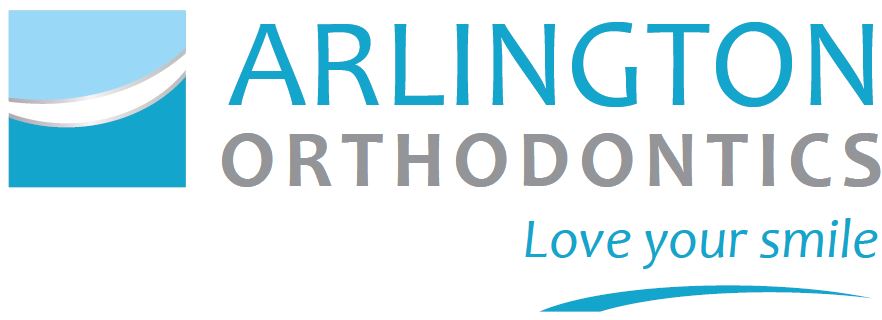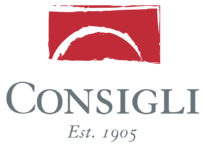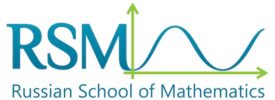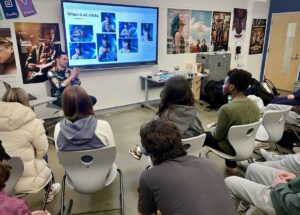 As a high school student growing up on Bainbridge Island, Wash., Adam Gooder found his home in the art room. It became the place where he met his friends, spent his off blocks and lingered before and after school, eventually launching him into a lifelong career in the arts as a professional photographer, filmmaker and teacher.
As a high school student growing up on Bainbridge Island, Wash., Adam Gooder found his home in the art room. It became the place where he met his friends, spent his off blocks and lingered before and after school, eventually launching him into a lifelong career in the arts as a professional photographer, filmmaker and teacher.
Gooder hopes to create a similar environment in his classroom at Arlington High School, where since fall 2023, he has taught digital photography, animation and filmmaking to hundreds of students in a program that is rapidly expanding, thanks to new state-of-the-art facilities made possible by the completion this month of the high school’s five-year building project.
It’s an exciting time to be in the visual arts department, Gooder said, where growing demand has led to the creation of new courses: Last year, the department added Digital Photography II and this year, students will have the opportunity to take Digital Photography III. “[It] feels very grassroots,” Gooder said. “I don’t find myself having to sell it to students. I keep the lab open, and kids show up.”
But the increasing popularity has also created new challenges to solve.
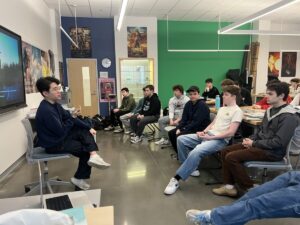
“Our class sizes are too big to take to a museum,” Gooder said. “For example, Harvard Art Museum is a great resource, you can take a bus there. But they have a limit of 40 students, and last year, I had two Digital Photography II classes, each with 24 students in them. What do I do? Do I exclude some students? Do I pick which class I’m going to take?”
Instead, Gooder began to brainstorm ways to bring outside expertise to his students. For help, he turned to Arlington Education Foundation, a community-based nonprofit that works to empower and support public school teachers and staff. In the fall of 2024, Gooder applied for an Innovation Grant to fund a new visiting artist series to bring the professionals — animators, photographers, filmmakers — into the classroom.
“I needed a way to give students that breadth of experience,” Gooder said. “What I want students to see is that these are viable careers. If you love it enough you can find a way to make money with it. … It took the pressure off of feeling like if I don’t take them on a field trip, then I am doing them a disservice.”
AEF awarded Gooder a $2,800 grant to bring in four or more visiting artists over an 18-month period. Last spring, students in Gooder’s filmmaking and digital photography classes had the opportunity to work with award-winning filmmaker Thomas Percy Kim and sports/commercial photographer Adam Glanzman. Kim premiered his first feature-length film, “Isle Child,” at the San Francisco Film Festival last spring, while Glanzman’s clients have included the Boston Red Sox, Adidas and the LPGA, among many others. Gooder specifically looks for artists who are open to mentoring young people.
The experience so far has been incredible, Gooder said. Many students told Gooder it was their favorite part of his class, and the visits led to interactions that extended well beyond the class period. One student, a graduating senior who is now attending NYU this fall, asked Gooder if he could stay after class to interview Kim about filmmaking; he showed Kim his portfolio, and the two of them talked for over an hour, Gooder said. Another small group of students, along with Gooder, had the opportunity to help Kim on set with a commercial film shoot in Concord. “It was a paid gig, and it was a good experience for them,” Gooder said. “They did audio and they did some set dressing and a little bit of shooting, served as background actors in some cases. That all came out of that one artist visit.”
Gooder still has $1,700 left on his AEF grant, and this year, he hopes to bring in at least three more artists, including an animator. He is grateful to AEF for giving him the opportunity and resources to take creative approaches in his classroom.
“An AEF grant is really, really important to be able to give our students an enriched experience,” Gooder said. “I’m teaching in a creative field, I want my teaching and my classroom to be creative too. I want to innovate, I want to change it up. …It’s a way of honoring teachers, this kind of grant program, because what it does is to say you are the expert and tell us what you need.”
